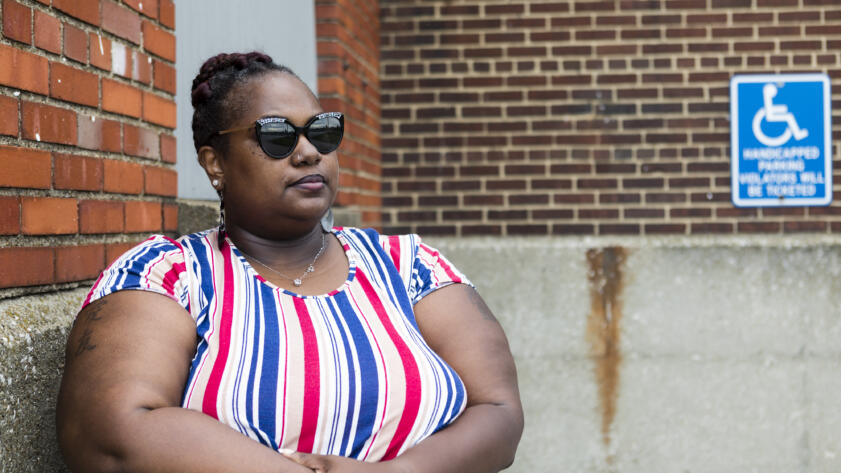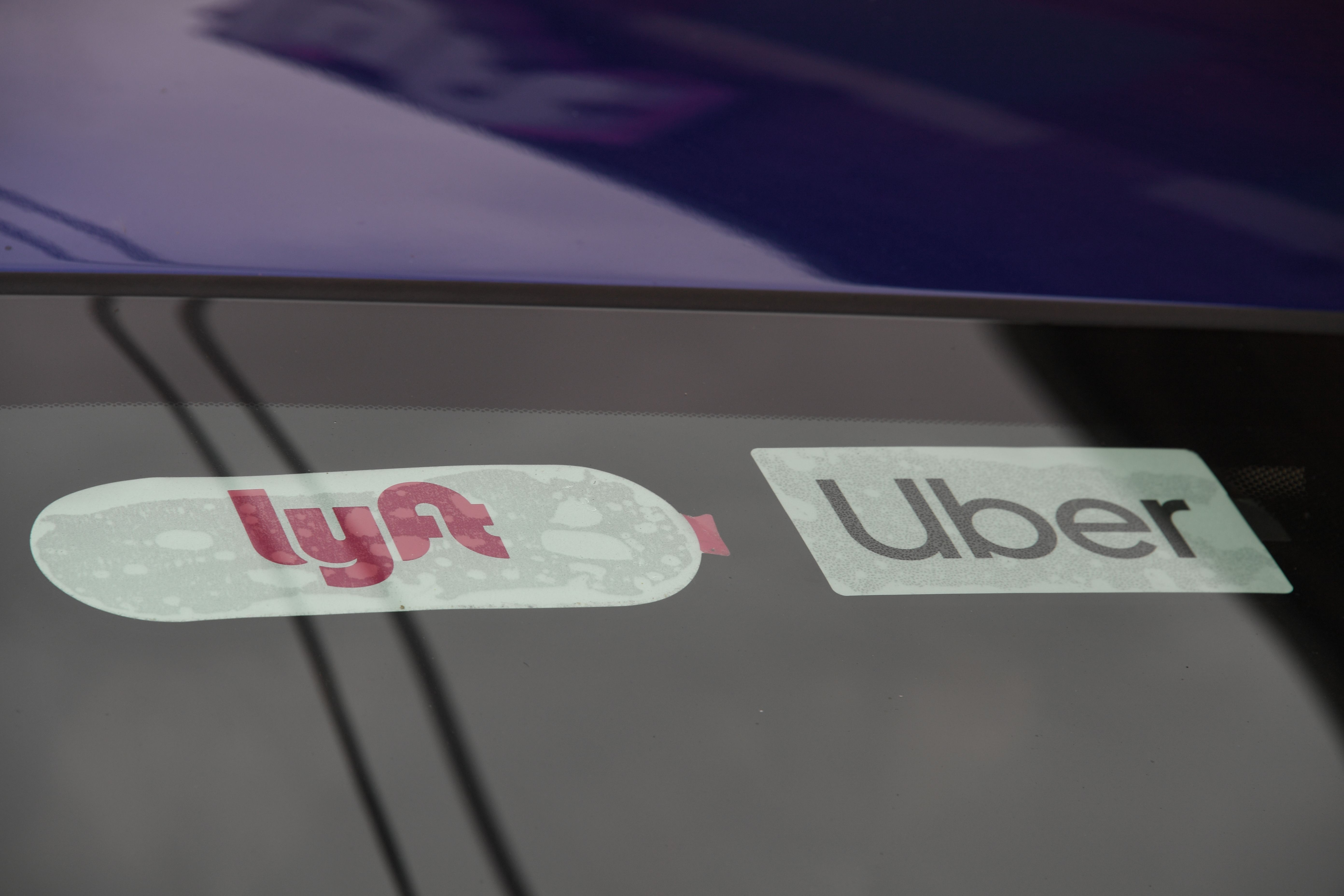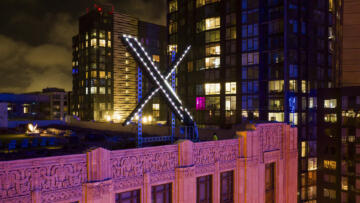For the first time in five years of driving for Uber and Lyft in Minneapolis, Tom LaDuke said he’s been thinking twice before heading out. Ride-hail drivers have increasingly become targets in a surge of carjackings throughout the city over the past couple of months. Officer Garrett Parten of the Minneapolis Police Department told The Markup that the department had tracked nearly 50 carjackings of Uber and Lyft drivers since mid-August. Twelve such incidents happened in the third week of October alone.
LaDuke said these numbers are unsettling. “Over the last three weeks I have not driven as much as I did before,” he said. “I’m concerned about my safety.”
Some drivers have been assaulted, including being pistol whipped…. Ride-Share operators need to take extra precautions to stay safe.
Minneapolis Police Department alert
The incidents tend to follow a pattern, Parten said. Typically, an individual uses a stolen phone to hail a ride through Uber’s or Lyft’s app. When the driver arrives, someone meets the car and asks the driver to wait a few minutes. Shortly after, a group of “armed individuals” appears, surrounds the vehicle, and demands the driver get out. Along with the car, the group also usually takes the driver’s wallet and phone and gets the phone’s security code to access the driver’s various accounts to transfer out money.
“Some drivers have been assaulted, including being pistol whipped,” read a citywide alert issued by the Minneapolis Police Department on Oct. 22. “Ride-Share operators need to take extra precautions to stay safe.”
Both Uber and Lyft said they’re working to improve safety on their apps. “These reports are concerning,” said Uber spokesperson Carly DeBeikes. “Safety is a top priority for us and we are constantly working to use technology to enhance safety on the app for riders and drivers.” Lyft spokesperson Ashley Adams said, “While these horrific crimes are by no means unique to rideshare, the safety of our community is fundamental to Lyft…. We continuously invest in new features and policies to help protect drivers.”
Adams and DeBeikes said the companies were working closely with the Minneapolis Police Department on the issue. But Parten said the police department had reached out to Uber and Lyft, after noting the carjacking trend, to get the companies to provide drivers with safety tips, and “they just weren’t very responsive.”

Working for an Algorithm
Uber And Lyft Drivers Are Being Carjacked at Alarming Rates
The Markup confirmed 124 carjackings and attempted carjackings of ride-hail drivers across the country. Drivers say the companies are doing little to help
The carjackings of Uber and Lyft drivers in Minneapolis fit into a larger nationwide trend. Police departments from Chicago to Cleveland to Washington, D.C., have said they’ve seen an uptick of all types of carjackings during the pandemic. In Minneapolis, carjackings and attempted carjackings increased by 339 percent over the last two years, going from 104 in 2019 to 457 so far in 2021, according to the police department. There were 401 reported carjackings in 2020.
And Uber and Lyft drivers are frequent targets all over the country. In July, The Markup used police reports, local news articles, and driver interviews to identify 124 cases of ride-hail drivers being attacked. Eleven of those drivers were killed during the assaults, including Ahmed Badal, a 35-year-old Somali immigrant who was shot in April while driving for Lyft in Minneapolis. Lyft’s Adams said the company has “attempted to contact Ahmed’s family to offer our support.”
Over the past few months, The Markup has identified dozens more cases of Uber and Lyft drivers being carjacked in cities including Atlanta, Chicago, and Kansas City. At least three more drivers have been killed.
These numbers are far from comprehensive. Uber and Lyft have repeatedly declined to provide The Markup data on the number of carjackings involving their drivers, and most police departments don’t compile stats on carjackings that happen specifically to ride-hail drivers. Not all drivers report the incidents either. The Minneapolis Police Department’s compilation of roughly 50 carjackings since August is rare concrete evidence of the high rate at which ride-hail drivers have been targeted.
Uber and Lyft treat their drivers as independent contractors rather than employees, so when carjackings occur, drivers say they’re usually left to fend for themselves. They don’t have benefits like workers’ compensation or sick leave, and losing their cars can also mean losing their livelihood.
“As soon as a carjacking is reported to us, we immediately reach out to the driver to offer our support,” Lyft’s Adams said. Several drivers, however, told The Markup that after carjackings they’ve been offered little to no help.
The majority of these reported carjackings happened through Uber’s and Lyft’s apps. Drivers don’t have much say in whom they pick up and where they go, and the apps make it fairly simple for passengers to create fake accounts with fake names to hail rides. In most cases, rider identification isn’t required, and things like email addresses and phone numbers can be easily spoofed.
In April, Uber began requiring a valid ID in the instances when a passenger creates a new account using an untraceable payment method like a prepaid card or gift card. Lyft followed Uber’s lead in June, but only for a handful of cities, including Chicago and Atlanta. Lyft’s Adams said the company added the requirement for Minneapolis in August.
It’s like dial-a-carjack.
Christopher Herrmann, John Jay College of Criminal Justice
Christopher Herrmann, an assistant professor at John Jay College of Criminal Justice and former crime analyst supervisor with the New York City Police Department, sees these carjackings of Uber and Lyft drivers as crimes of opportunity.
“You can control the situation quite a bit,” Herrmann said, speaking from the perspective of would-be carjackers. “You’re guaranteed a nicer car. You can control the location where you get picked up. You can control what time of day it is. It’s like dial-a-carjack.”
Drivers Say They’re on Their Own
LaDuke first learned about Uber and Lyft drivers being carjacked in Minneapolis from a popular Twitter account called CrimeWatchMpls, created by volunteers who listen to police scanner audio feeds. Through those feeds, CrimeWatchMpls heard and tweeted about more than a dozen police dispatch reports of ride-hail drivers being carjacked in October.
“Robbery of person at gunpoint. Uber driver. Loss: Vehicle, wallet phone, red Camry,” read one Twitter post on Oct. 4. Another, two weeks later, read, “6:15 a.m., Lyft driver carjacked at gunpoint…. This is officially a crisis for ride share drivers in #Mpls.”
That same day, the people who run CrimeWatchMpls, who declined to comment for this story, wrote a blog post about the rash of carjackings of Uber and Lyft drivers. “In just the last seven days (since Oct. 14), we’ve reported ten such incidents that have been aired on police dispatch. And these are just the ones we heard or know about,” read the blog post. Two days later, the Minneapolis Police Department issued its citywide alert to ride-hail drivers.
At that point, LaDuke said, neither Uber nor Lyft had warned Minneapolis drivers about the carjackings. On Oct. 28, nearly a week after the police alert, Uber sent drivers there a message titled “Safety tips for handling carjackings.”
“Minneapolis police have reported a rise in robberies, car thefts and carjackings over the past several months,” read the message, which LaDuke shared with The Markup. The alert advises drivers to give up their vehicle and call 911 in the event of such an incident. LaDuke said he has not received any notices about the Minneapolis carjackings from Lyft.
“The fact that the Minneapolis police would release this statement specific to Uber and Lyft drivers before Uber and Lyft release information had me concerned,” LaDuke said. “As a driver, we have to periodically take a selfie to show we are who we say we are, we have to have a background check. This is to keep riders safe, which is fine. But what are they doing for the drivers?”
Lyft’s Adams said the company “recently sent drivers in Minneapolis emails and in-app messages highlighting safety features available to drivers and tips about staying safe on the road.” She didn’t respond to questions about whether Lyft had warned Minneapolis drivers of the carjackings specifically.
Unofficial Facebook and Reddit groups where drivers in Minneapolis go to share information are filled with safety concerns.
One driver in a private Facebook group said he has invested in safety gear: “1. Bullet Vest 2. Two phones 3. Dummy wallet 4. Two dash cams,” he wrote. Others say they’ve started carrying weapons, like guns and bear mace, which is prohibited by Uber and Lyft. Another driver on Reddit wrote, “I won’t pickup in North Mpls, where the majority have occurred.”
1. Bullet Vest 2. Two phones 3. Dummy wallet 4. Two dash cams.
Driver post in a private Facebook group listing his safety gear
According to the Minneapolis Police Department, most of the carjackings of Uber and Lyft drivers have happened in North Minneapolis, with some also occurring in Northeast and South Minneapolis. LaDuke said when he gets pinged for rides in these neighborhoods, he’s hyper-aware of his surroundings and makes sure not to stop in isolated areas or places where he could get boxed in.
“It’s like I’m afraid to pick people up in that area, which is sad for me,” LaDuke said. “I grew up in North Minneapolis.”
Herrmann, the assistant professor at John Jay, said most people think of their cars as a secure place and an extension of their home, so when carjackings happen, it can feel especially violating.
“If someone is pointing a gun at your face and yelling at you to get out of your car, that’s a really traumatic event,” Herrmann said. “The mental scar that that leaves—every time I get in my car I think, ‘Am I going to get dragged out of my car again?’ ”
Herrmann said that after carjackings a lot of people tend to change their habits, like driving less and avoiding certain areas and times of day.
“The problem with gig workers is, that’s the way they make their living,” he said. “They don’t have the option or the luxury to say, ‘I’m not going to work anymore.’ ”





